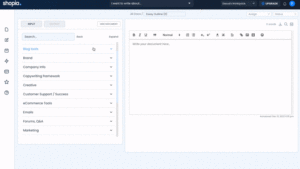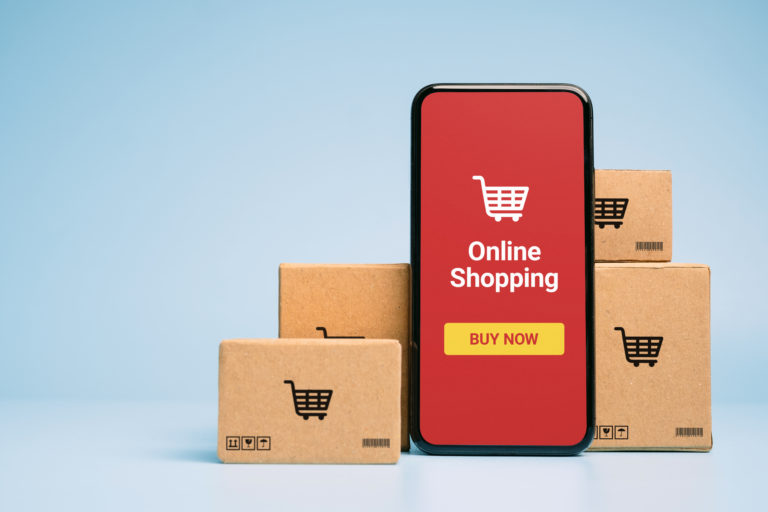Whether you are an aspiring entrepreneur or running a successful ecommerce business, it is important to market your products in a way that attracts the largest customer base possible. And while there are many different ways to do this, one strategy that has been proven to be effective is providing content in multiple languages. But how can you leverage multilingual content for ecommerce? Here are 5 tips on how to use multilingual content marketing for your online store!
Do you have customers with different languages?
You may be realizing now that the market is global. That means that you are going to have customers with different languages, which means it is important to offer content in multiple languages. But this doesn’t stop at your website, it goes into all aspects of your marketing, from social media to print material. Your goal should be to create as much content as possible in other languages so customers can find and interact with all of your products.
Look at the markets your business is targeting
Before you dive into providing multilingual content, it is important to consider the markets your business is targeting. Is your company looking to grow internationally? Are you focusing on a niche culture? Do you want to target the Hispanic community in the United States?
Whatever your business goals, it is a good idea to start by identifying the markets that you want to reach and finding out what languages they speak. Don’t just assume that everyone speaks English. It may be tempting to offer only one type of language or provide content in languages with large communities (like Spanish or Chinese), but it will help your business reach more people if you offer content in smaller, less-known languages as well. This will not only allow you to reach more people, but it will also give people who speak these languages visibility that they may not have had before. For example, many Hispanics in the United States don’t speak Spanish themselves–but they still identify with being Hispanic culture and want to learn about other aspects of this culture that are not available in English. Offering Spanish-language content also allows for these consumers to feel a sense of pride and connection with their culture–something that many feel is lacking when all of the marketing materials are only available in English.
In addition, remember that different cultures have different buying habits and ways of communicating online–even if many are written down similarly! So even for a single market (e.g., United States) creating multilingual content can increase
Be deliberate about when to provide multilingual content
When you provide content in a language other than English, it’s important to be deliberate about when you offer it. Why? If the customer-base for your products is primarily English speakers, then they will not benefit from the additional multilingual content.
However, if your products are largely in demand by non-English speakers, then multilingual content can help you attract and retain customers who speak other languages. In that case, providing this content regularly might be a good idea.
Making sure that you are deliberate about when to provide multilingual content is critical because it will help you make sure that you are targeting your audience appropriately. If there is an opportunity to reach out to an underserved segment of your customer base with a different language, then take advantage of this strategy!
Use AI to build unique content for each language
The first step to leveraging multilingual content marketing for your ecommerce business is to consider using AI to build unique content for each language. One of the most popular and effective ways to do this is by using machine translation software. You can take a word or phrase from one language and translate it into another language. This is helpful because it allows you to maintain the same message across multiple languages, but also provides the opportunity for subtle cultural differences in the phrasing of that message.
Make it easy for your customers to find the content they need
One of the most important aspects of marketing your business is making sure that customers can easily find the content they need. When you create content in multiple languages, it becomes even more important to ensure that your customers can find what they want as quickly as possible.
One way to do this is by including language tags on each page and adding a language selector in the header of your website. You can also list country-specific pages on your main navigation bar, so customers can easily click through and browse for any content that may interest them.
If you’re using a multilingual site template, it should have built-in features that make it easy for visitors to switch between languages with just a few clicks or taps. You may also want to consider including a link to a country-specific page in your footer.
Another way to make sure people find the right information is by writing thorough descriptions containing keywords within each blog post or other piece of content. These keywords will help interested users search for your blog post when they are browsing online. Lastly, you should use tags in both English and another language which will help users identify posts written in their native tongue without having to search through all posts on the site.









